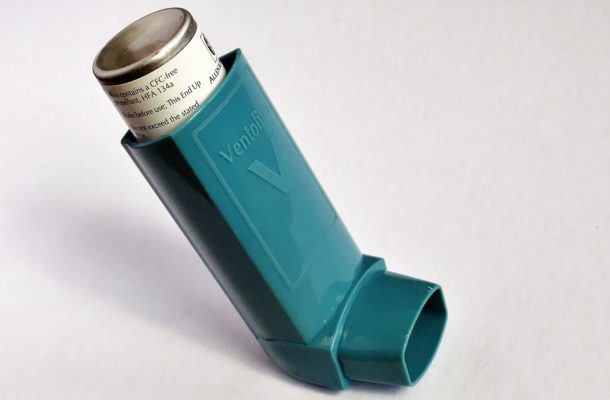20% of asthma fatalities could be triggered by workplace exposure

A new report by the American Centers for Disease Control and Prevention (CDC) found occupational exposures may have contributed to anywhere from 11 percent to 21 percent of all asthma-related deaths among people aged 15-64 between 1999 and 2016.
Researchers discovered that 14,296 men and 19,011 women died from asthma over this period in the United States. The occupations associated with the most deaths were construction for men, and health care for women.
Researchers found that the industries with the highest rates of asthma deaths for men were food and beverage and tobacco product manufacturing. For women, these were social care, and community and social services.
The report noted that known asthma risks such as welding fumes and isocyanates in paint pose dangers to those working in construction, while cleaning products, antibiotics and natural rubber latex are commonly used in the health care profession.
Regardless of occupation, the highest risk groups were people females aged 55 to 64, with African-American or non-Hispanic/Latino backgrounds.
There are currently over 300 known or suspected substances in the workplace which can cause or worsen asthma. Asthma symptoms can develop soon after exposure, or they can appear years later.
“Pharmaceutical treatment of asthma related to occupational exposures is similar to that for asthma that is not work-related,” the report stated. “Early identification and elimination of exposures is the preferred means of primary prevention to reduce asthma related to occupational exposures. However, reduction of exposure might be considered when elimination of exposures is not possible.”
Recommended ways to control occupational asthma include:
• Prevention by reducing or eliminating environmental allergens and irritants.
• Early detection, before symptoms start to appear.
• Avoiding the exacerbation of symptoms by preventing exposure to triggers when possible, or using less harmful alternatives.
The CDC report emphasises the fact that it is important to establish an accurate diagnosis, and recommend appropriate solutions for workers with asthma related to occupational exposures in order to prevent deaths.
Asthma in Australia
1 in 9 Australians have some form of asthma, around 2.5 million in all. The condition is more common in boys under 15, but after that age it is more common in females.
The rate of asthma among Indigenous Australians is almost twice as high as that of non-Indigenous Australians. A disparity which is even more marked in the older adult age group.
Asthma is more common in people living in socioeconomically disadvantaged areas. The prevalence of asthma is significantly higher in people living in inner regional areas compared with people living in major cities or outer regional and remote areas.
Only 20% of people aged 15 and over have a written asthma action plan. 41% of children under 15 have an asthma action plan.
Around 1% of all direct health spending on diseases is absorbed by asthma, with half this cost spent on prescription pharmaceuticals, 30% on out-of-hospital medical services and 20% on admitted patient costs.
There were 39,500 hospitalisations in 2014-15 where asthma was the main diagnosis.
People with asthma are more likely to report a poor quality of life, especially those with severe or poorly controlled asthma. 34% of people report that asthma interferes with their daily living, and 21.8% of people aged 15-25 required time off work, school or study due to their asthma.
There were 419 Australian deaths due to asthma in 2014 although he rate of all deaths due to asthma has remained stable since 2003, and there is a welcome long-term decline in deaths due to asthma in those aged 5-34.
Asthma mortality rates are higher for people living in remote or lower socioeconomic areas, and for Indigenous Australians. From 2010-2014, the mortality rate for asthma among Indigenous Australians was 1.6 times that of non-Indigenous Australians.









Amelia
March 8, 2018 at 6:07 pm
You have never lived in a world where smallpox, polio, measles, yellow fever, typhod, pneumococcal diseases, whooping cough, malaria, diphtheria, tuberculosis, tetanus and chickenpox killed millions of people. Why? Because western evidence based medicine and vaccinations eliminated them. If ‘alternative medicines’ actually worked, they’d just be called medicines. Ginger, garlic and thyme all have their place, but that place is in the kitchen. If you fall over and break your leg tomorrow, or heaven forbid have a stroke or heart attack, what will you do? Call an ambulance and go to hospital or hit the spice rack once again?
Almouwatin
March 8, 2018 at 5:25 pm
I don”t believe that Asthma can not be cured. The complete statement should be that “Asthma cannot be cured with orthodox medicine . These days many traditional medicines are curing this condition. Regular consumption of Grounded Ginger and Garlic and Thyme in the right doses can cure this condition. Many other solutions exist. Why is it that orthodox medicines have no solution to virtually all diseases, even common malaria.